IoT implementations that will alter the business world
The Internet of Things, or IoT, applies to the billions of physical devices globally that are now connected to the internet, all of which store and...
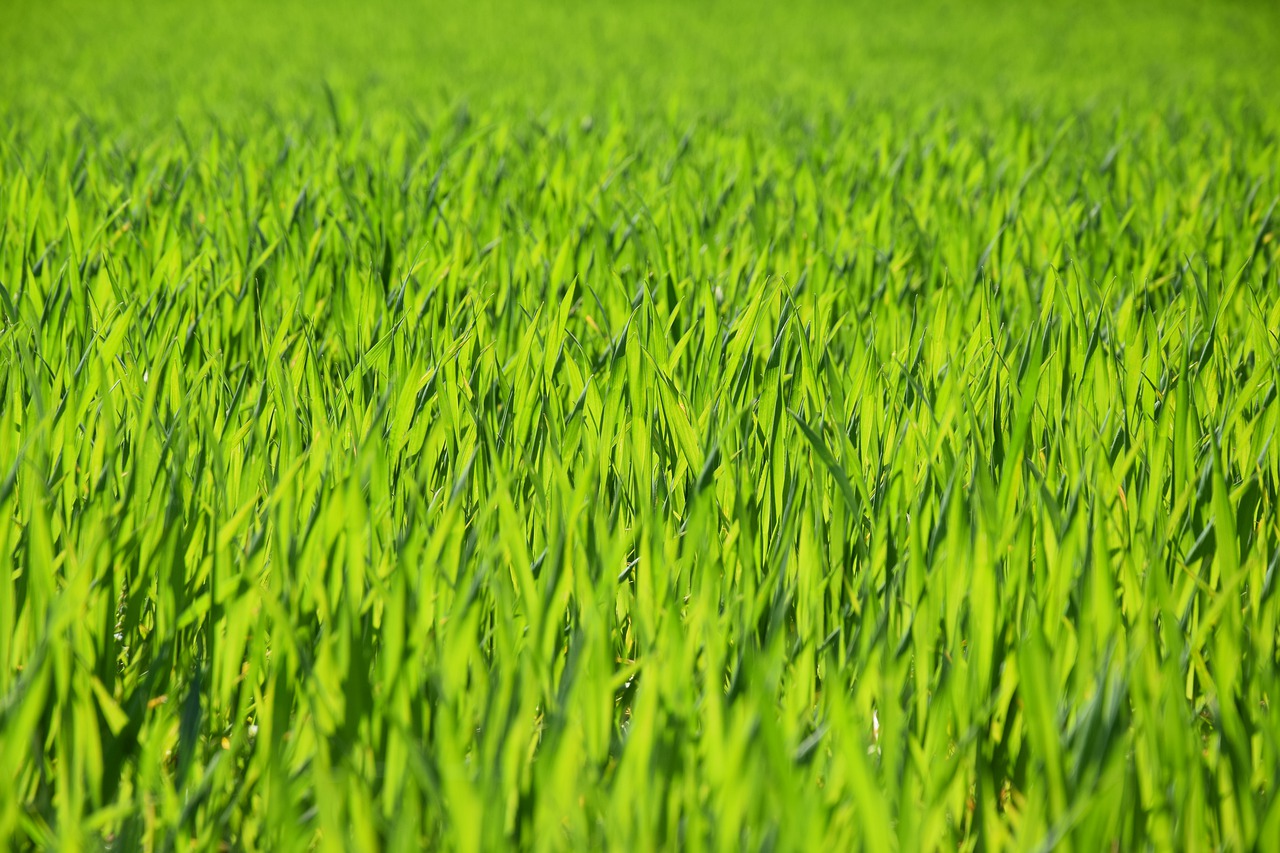
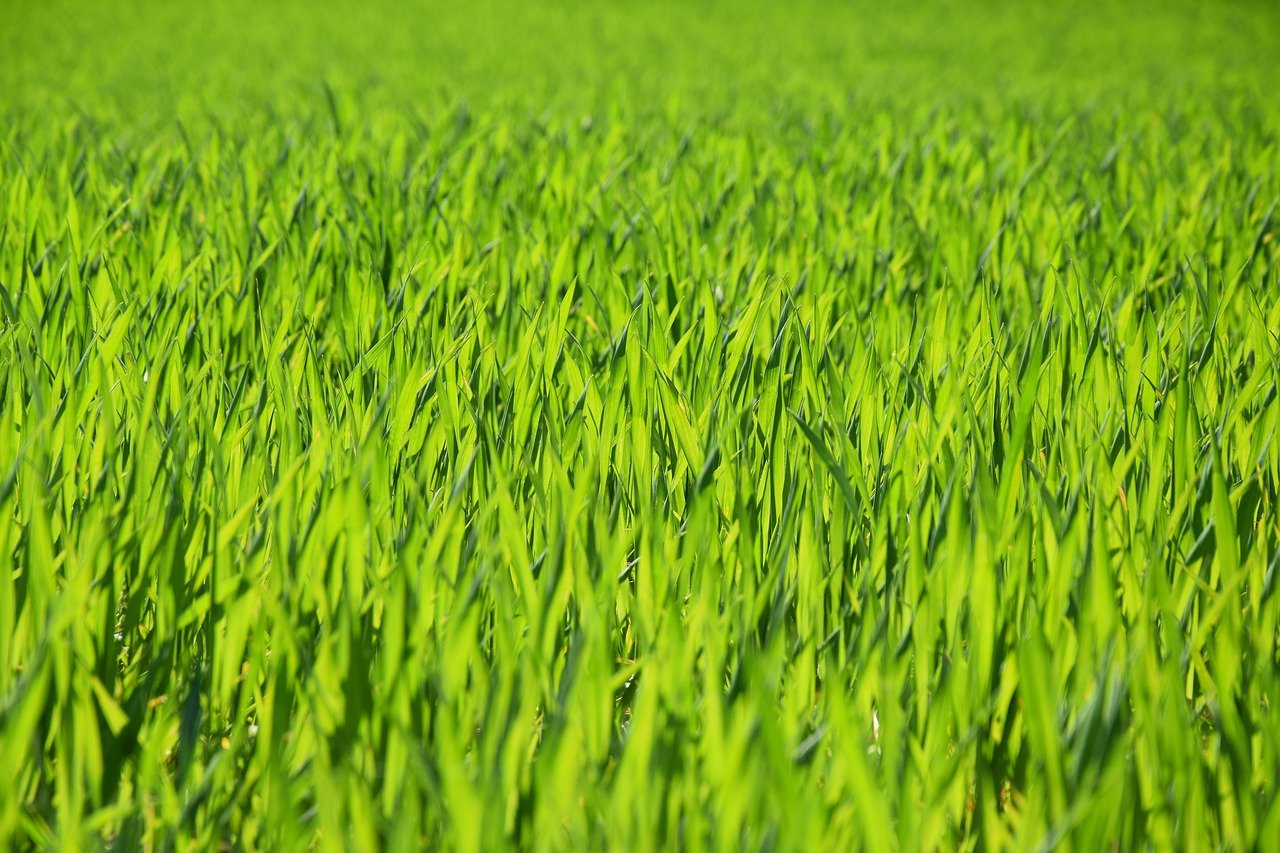
Industries are adopting newer technologies in their way of work-plan as well as production. This may include various vertical and horizontal dimensions of the sectors that are evolving along with technological changes. The Internet of Things has been digging deeper into every aspect of how organization is working and conducting their not only day to day activities but accomplishing more complex prototypes. Internet, when connected with various other technologies like artificial intelligence and machine learning, is opening up the gates for more streamlined and convenient workflow within as well as outside the organization. From manufacturing units to health sector involvement of IoT is no more a distant dream but a present truth which is getting flourished into minutest day to day activities.
This involves more complex procedures and day to day activities also. Like any other industries, agriculture also understands the value of IoT and its applications. With introduction to automation machinery scopes are widening and possibilities are immense. From plowing the land to introduction of machinery which can process the watering, soiling, etc based on previous data collection and data study as well as use of sensors. Agriculture was witnessing the introduction of IoT with early 90s bringing the foundation year, where new versions of old school agriculture techniques were used. Agriculture is also becoming technological driven and transformations are intense especially in the last decade. Things are becoming more technology-driven rather than human intelligence-based. Farmers are now more confident in various projects within the agriculture industry that might include stocking, growing crops and taking more efficient weather-related decisions.
Modern agriculture is the new word in the market. Phrases like AgriTech are common which means application of technology in agriculture. Smart agriculture is comparatively new term being used nowadays which refers to the use of IoT into agriculture. These both include solution production and planning in a better way. Although this is also the truth that most of the agricultural coverage includes small scale coverage and involvement of this technology is not widespread. This makes them not so popular among the basic common population doing agricultural practices. The adoption of IoT is however growing and developed countries like New Zealand, Australia are strengthening this system within their agriculture system. According to a recent survey done by BI intelligence the number of agriculture IoT devices installation is hitting the account of seventy-five million by 2020 which means it is growing at an average of twenty percent per year. On the other hand, the expansion of smart agriculture is evident too. This is going to be triple by 2030 from the current figures. The industry will expand to 17 billion U.S Dollars by 2030 from 4 billion U.S Dollar in 2017. Because the market is still developing there are still ample opportunities for business which are consenting to join it. Building these products for agriculture in upcoming years set up realist roles and goals easier to convert and adopt.
Innovation is changing the attitude of the world. It has the power to transform agriculture in a better way. Let us see some of the ways how things can be improved through the use of IoT in the wider based application in the agriculture sector
We all know agriculture works in the predetermined objectives which are exposed to high risk that often affects the outcomes. Rain pattern can affect the storage and production; soil quality can affect the crop quality, etc. hence proper regulation of accessory factors becomes a crucial element which is often overlooked. In such cases, we can introduce sensors which can study the previously collected data, collect the real-time data and convert them into studies so that a favorable decision can be taken that involves minimal risks. This data can be also used to understand the business pattern and customer response. Not only can this, but IoT helps in better management of equipment also.
Risks are part of every business, calculating them and acting at the spare of time is the call of the moment for any business. The art of managing these risks not only create better business outcomes and opportunities but also help in foreseeing the prosecution hassles and difficulties. If someone knows how much crop is needed to harvest what is the favorable time what factors can affect it that a farmer can make most of his batch of the crop without wasting it in the warehouses. This saves manpower, energy as well as cost.
Livestock maintained another issue that many farmers face in a real scenario. IoT can manage it predicting the outcome reducing the wastes to the minimal. This reduces the chances of losing the fertility of the yield. One another factor which is a bit difficult is the difficulty in the marinating the production of the crop in such a way so that overproduction can be avoided which will lead to losses within the business modules.
Use of smart devices gives a better knowledge of what a person is doing right in the field. By use of these devices the automate processes manage the production cycle in such a way that the waste is minimal and production is high thus directly or indirectly enhancing the profits. Better quality check-up and control over the processes help in maintaining better standard as a finished product and capacity of the field increases through automation. Efficient engineering with IoT powered machine allows small scale farmers to develop and coordinate in the seasonal changes which reduce the harm in the bad weather just by predicting the probability and assumption in the field that converts studies in most practical way of ideas conversion.
The most evident and popular use of IoT in the agriculture sector is focused on weather forecasting and management. Use of gadgets that are mainly weather station inked, combinations of smart sensors places all across the field to get the data from the environment and further interpretation of it for better outcomes. This helps in choosing suitable breed of crop, amount of production that can be sustained in the rain and how precisely farmer can yield maximum benefit out of the current soil conditions.
Some of the practical instruments used combining IoT and agriculture are all METEO, Smart Elements and Pycno.
Not only at the actual field but these technological upgrades are helping people creating their own farms like greenhouses. The greenhouse runs on a similar basis and principles like any other farmland but managing become quite easy due to small area selection. Certain agricultural products like Farmapp and Growlink are using smart sensors which are connected to sprinklers so that irrigation and watering do not need repeated human disturbance and interference. This also comes with light and remote control system.
One more thing that needs to be highlighted is the forgotten element of crop managing. Devices are required like weather station which can predict the potential outcome related to particular crop. They can inform regarding a particular disease prevalent in similar crop fairly or tell which type of soil is better for which type of farming. This can be very well applied in the practical form as real time situations. In many countries, the production is not the issue but proper regulation and distribution of the yielded crop is which includes the logistic issues too. IoT can be beneficial in maintaining the stockrooms, pavements, irrigation channels, transportation, and distribution. These can also manage the customer satisfaction and feedback in the data form so those future situations are dealt in preferable manner so that maximum profit can be extracted.
Now after going through the article we all get to know that IoT has huge scope in respect to the implementation within the agriculture sector. It can help you in increasing the production, managing the farms, predicting the fertility of soil and charting the profitability. What else one wants. However, on the other hand, this is also true that managing and recruiting IoT device is not a cakewalk and requires patience efficiency and money. Investment is a huge issue when it comes to such devices as they came with hefty prices and affordability can be an issue when we talk about small scale, local farmers. In such a scenario government should provide fund raising and aids as agriculture is the core of several industries and globalization is a must in this sector. As the revenue increases managing the secondary resources like automated sensors devices become easier for small set up. But for sure they need initial backup. Constant support is the need for not only the present but also the future.
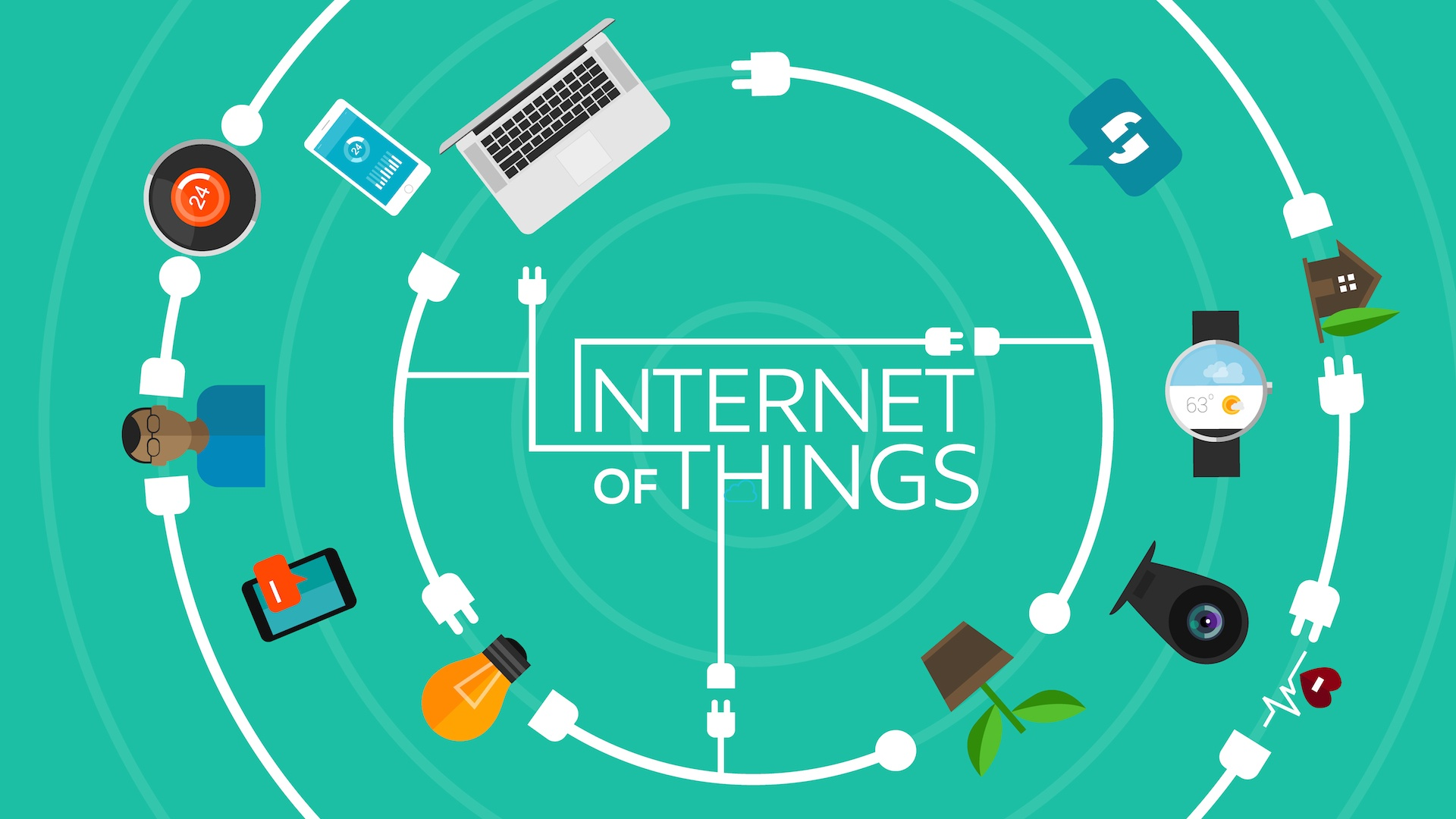
The Internet of Things, or IoT, applies to the billions of physical devices globally that are now connected to the internet, all of which store and...
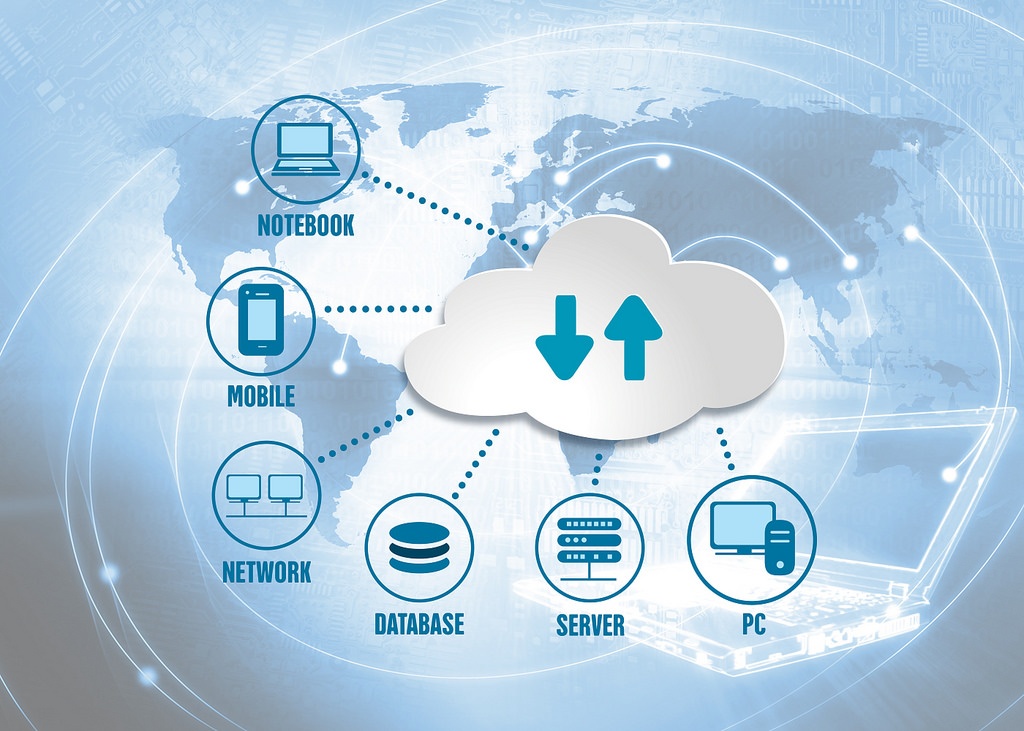
Business phase in the world is gradually changing, and so is technology. Nowadays, technology is being used extensively in various sectors like...
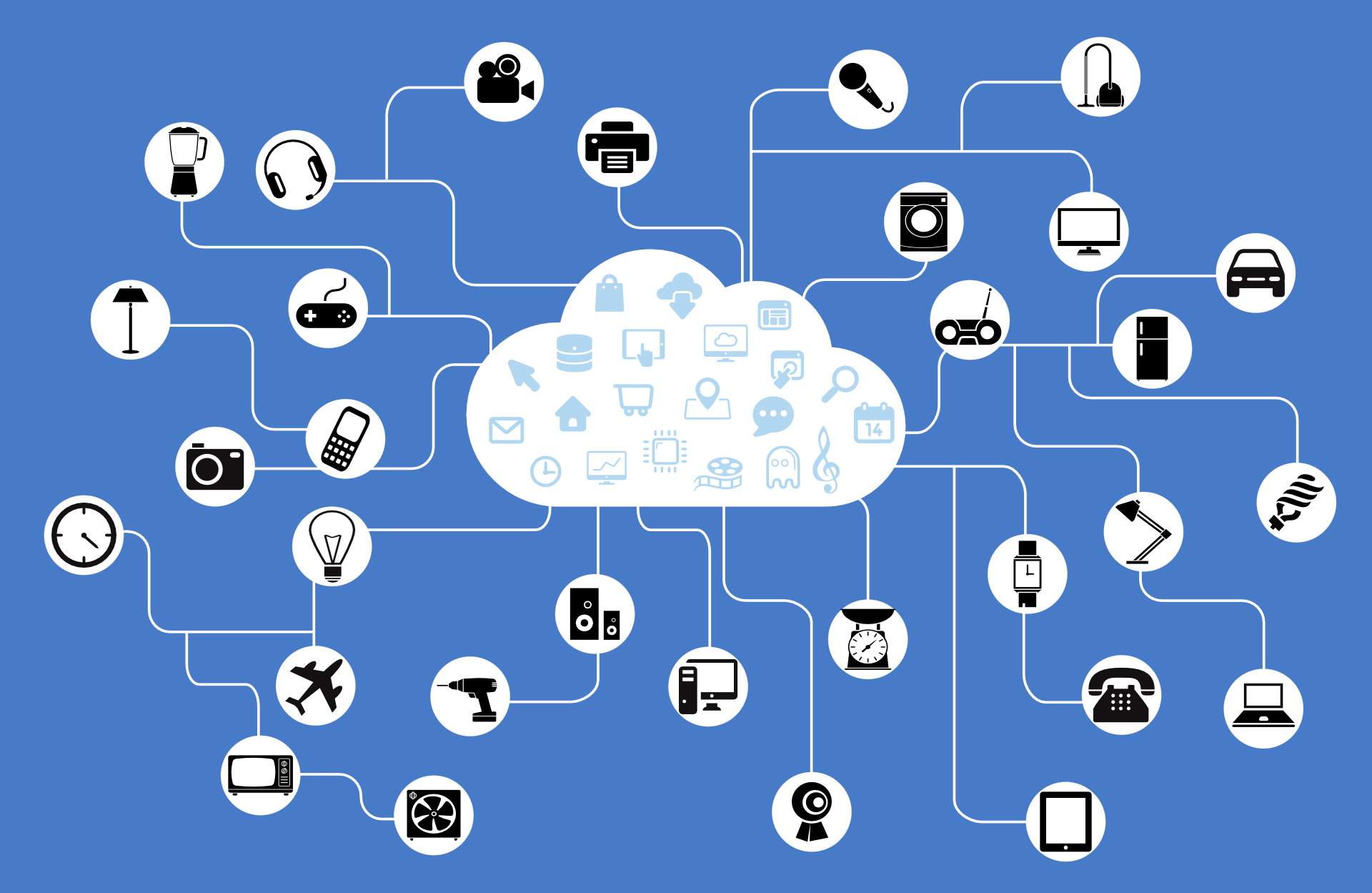
Internet of things (IoT) is well defined by Information and Communication Technology is a network that is self-configuring in nature and the physical...